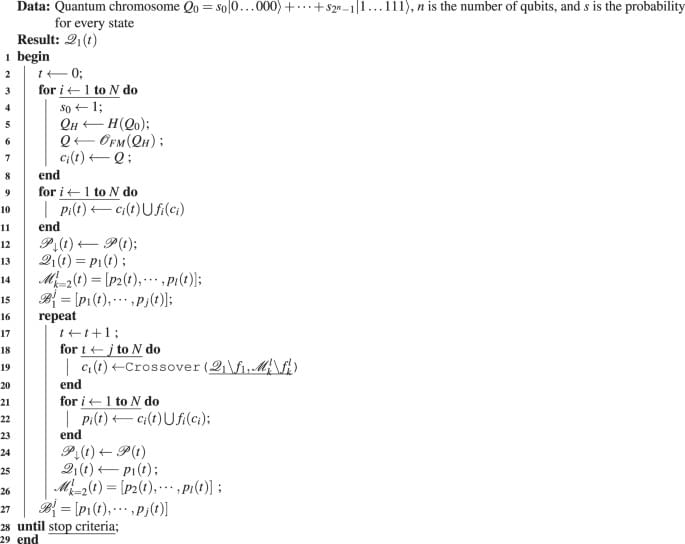Aug 31, 2022
Challenges of Particular Interest to Me
Posted by Logan Thrasher Collins in categories: bioengineering, biological
As a scientist, I am driven by the power of technological breakthroughs to make positive change for humanity. While I also take immense pleasure in the artistic/creative aspects of technology design, my motivation is centered on helping people and on protecting the future of the human species. For this reason, I am interested in a wide array of contemporary challenges as described in this outline. Because I am a synthetic biologist and synthetic biology has many applications, I have the ability to explore solutions to such diverse challenges despite their highly multidisciplinary nature.
That said, one of the tools in any good researcher’s repertoire is collaboration. Since I am just one person, my knowledge can only go so deep in so many areas. Interdisciplinary projects are much more likely to succeed when experts from multiple areas work together. So, I leverage collaboration extensively when carrying out my projects and will continue to do so in the future.
It should be noted that, though I am publicly presenting a number of conceptual explanations of possible solutions to important problems via this list, I have deliberately stated them in somewhat vague language to prevent their public disclosure from precluding outside investment.


















